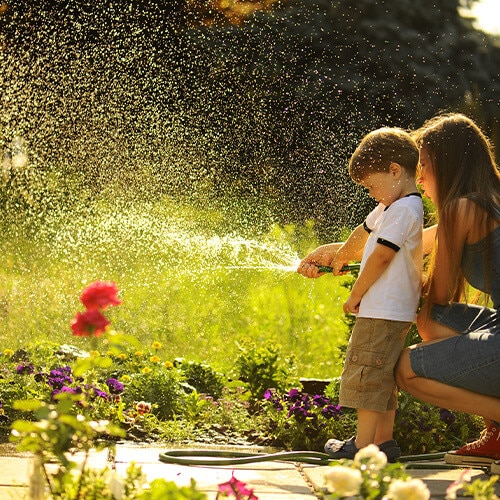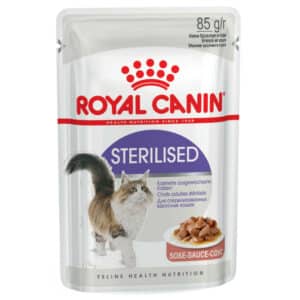Water-wise lawn care
DIY and how-to

Did you know that your lawn is one of your biggest water-guzzlers in the garden?
Here are some helpful hints to cut water usage, while still keeping your lawn in tiptop shape.
HELPFUL HINTS
- Plan a simple shape – Reduce the area covered by lawn by opting for a simple shape (e.g. a square or rectangle) and avoiding a curvy shape. Avoid using lawn on steep slopes, along fences and for narrow walkways, as these are difficult to maintain.
- Harvest rainwater – Shape the lawn area to have a slight hollow in the centre. This ensures that you get maximum absorption without runoff, making better use of rainwater. You’ll minimise the frequency of additional watering.
- Choose the right grass – In South Africa’s winter-rainfall areas (e.g. the Western Cape), buffalo grass is the best choice. This type of grass is extremely hardy to diseases and it spreads fast. In the summer-rainfall areas (e.g. Gauteng and KwaZulu-Natal), kikuyu or indigenous cynodon species are your best choice. Cynodon dactylon (couch grass, Bermuda grass, quick grass, kweek) is indigenous to South Africa and is known to be drought resistant.
- Water efficiently – Deep soakings of water encourage roots to utilise moisture deep in the ground. It’s essential that you irrigate your lawn less frequently but deeply for this reason. If you don’t water deeply, the roots will be concentrated closer to the soil surface and they’ll dry out faster.
- Feed organically for long-term results – Organic fertilisers require less water to break down. They also lessen the chance of burning.
- Scarify – To conserve water during summer, cut your lawn a lot shorter and dress it with a mulch to retain water for a longer period of time.
- Mow often – Grass is weakened when it grows too long between mowings.




